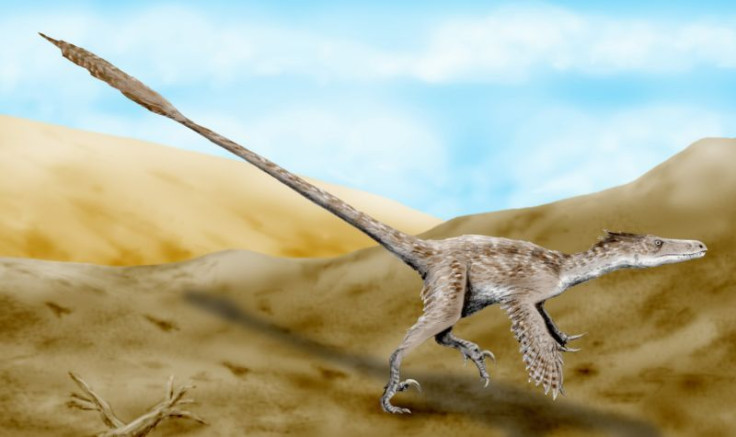Fossils Of One Of The Biggest Raptors Discovered In South Dakota

A team of paleontologists claim to have discovered the fossils of one of the biggest raptors ever found. According to the researchers, the giant raptor roamed the ancient South Dakotan landscape nearly 66 million years ago.
The paper published Oct. 30 in Paleontological Contributions suggests that the raptor was nearly 17 feet long and had feathered arms which it used to chase its prey. The researchers have named the newly identified species Dakotaraptor steini.
The new name is inspired from the name of the state in which it roamed and the word raptor. The species name has been kept after paleontologist Walter Stein, who originally found the raptor remains in South Dakota's Hell Creek Formation.
An analysis of the remains recovered from the fossil-rich area revealed that the raptor had "quill knobs" or papilli, on its arm bone. Quill knobs are “a derived character related to flight that were once thought exclusive to birds,” the researchers explained in the paper.
The researchers say that it is unlikely that the raptor could fly with its size, but perhaps it used the feathers to keep its eggs warm.
“The size and proportions of Dakotaraptor almost certainly preclude its potential for flight,” the researchers wrote in the study. “Rather, it is more plausible that Dakotaraptor descended from an evolutionary line that already possessed flight or that was already sufficiently close to attaining it that it had evolved a suite of advanced adaptations for its facilitation.”
© Copyright IBTimes 2024. All rights reserved.





















